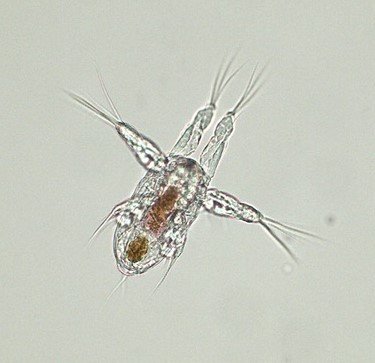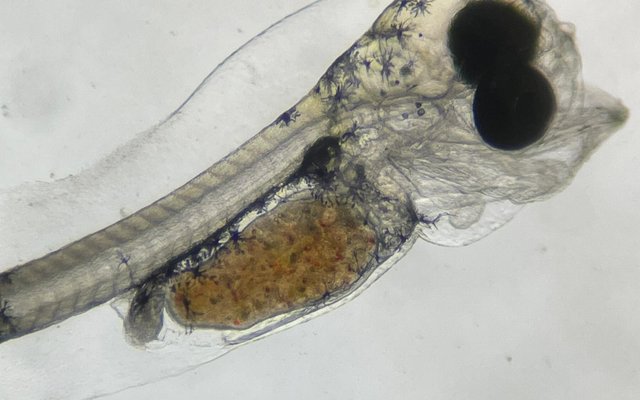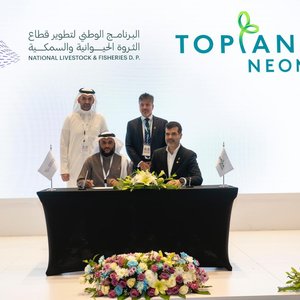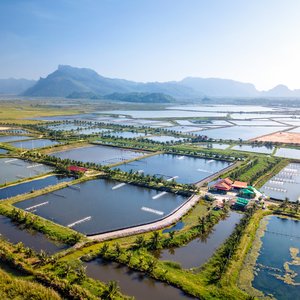Greater amberjack (Seriola dumerilii) like other marine fish species shows high rates of deformities, which are related to the poor production efficiency during the hatchery phase. Nutrition is one of the most important factors affecting skeletal ontogeny and thus may be responsible for the development of skeletal abnormalities.
Researchers from Greece studied the effect of feeding greater amberjack with copepod nauplii (Acartia tonsa) on osteological development until 35 days after hatching (DAH). Copepods are the natural food of marine fish larvae, and they are rich in highly unsaturated fatty acids and free amino acids.

In a commercial marine fish hatchery in Greece (Galaxidi Marine Farm S.A.), four 2700-liter cylindroconical tanks were stocked with amberjack yolk-sac larvae at a density of about 55 larvae/l. The larvae were initially fed from 3 to17 DAH in two tanks with copepod nauplii and rotifers (Brachionus sp.) (Copepods group), while in the other two tanks, only with rotifers (Control group). After 12 DAH, all the tanks were also fed with rotifers (3–27 DAH), Artemia nauplii (12–22 DAH), enriched Artemia metanauplii (20–30 DAH), and formulated diet (25–30 DAH). Fish samples were taken every three days.
Specific meristic characters were chosen to compare the first appearance and the completion of the formation of a structure as well as the completion of the calcification between the two rearing protocols (Copepods - Control), correlated with total length data. The ontogeny of the meristic characters was observed earlier in fish larvae from the Copepods group compared with the Control, and for most of the meristic characters, these differences were significant (p<0.05).
At the end of the trial, 35 DAH sixty fish from each tank were sampled for the analysis of skeletal deformities. A higher number and more significant deformities were observed in the Control group compared with the Copepods group (p<0.05). “The use of copepod nauplii during the first feeding period of greater amberjack had a positive effect on the osteological development and skeletal deformities of the larvae,” researchers concluded.
Reference:
Katerina Loufi, Dimitris G. Sfakianakis, Stelios Karapanagiotis, Nikoletta Tsele, Pavlos Makridis. The effect of copepod Acartia tonsa during the first days of larval rearing in skeleton ontogeny and skeletal deformities in greater amberjack (Seriola dumeliri Risso, 1810). Aquaculture, Volume 579, 2024, 740169. https://doi.org/10.1016/j.aquaculture.2023.740169













